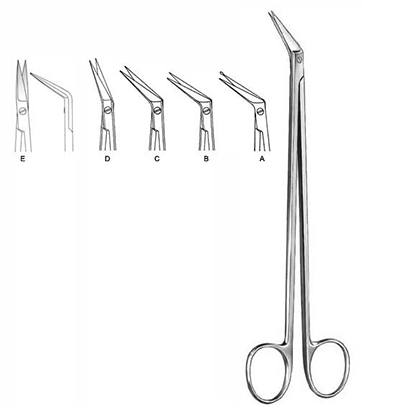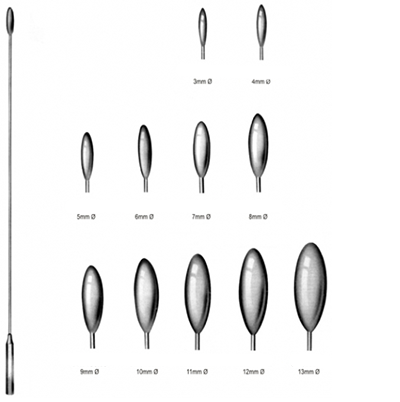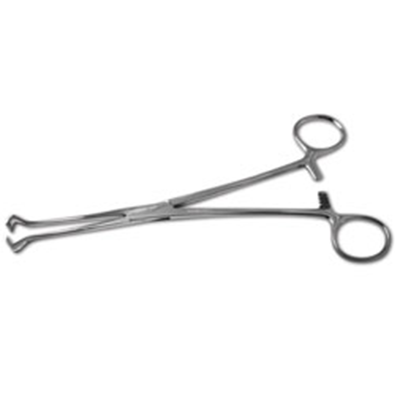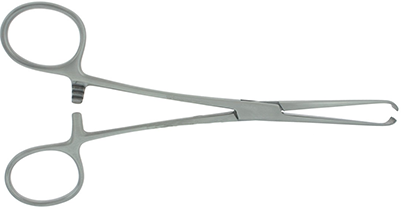What is Lister’s Sinus Forceps? The instrument has been named after a British Surgeon Joseph Lister (1827-1912). This forceps has long straight blades with ring handles but without a ratchet lock. The tip of the blades is blunt and has transverse serrations. No catch protects the viable tissue if the tissue accidently comes in betweenRead More
Instruments for Surgical Procedures
Potts Scissors
What are Potts Scissors? The name Potts has been given to these scissors because they were designed by Willis J. Potts an American Pediatric Surgeon. They are also known as Potts-Smith Scissors or Potts Demartel Scissors. The blades of the scissors are usually angled at the joint (25, 45, 60 and 90 degrees) or theyRead More
Bakes’ Common Duct Dilator
What is Bakes’ Dilator? Bakes’ Dilator is composed of a thin shaft with a round handle and an ovoid tip. The special feature of the dilator is its malleability. Due to its designed malleability it works really well in surgical procedures for its intended employment. What is its function? The Bakes’ Dilator was at firstRead More
Babcock’s Tissue Holding Forceps
What is Babcock’s Forceps? W. Wayne Babcock, MD (1872 – 1963) is an American Surgeon who invented this popular Tissue Holding Forceps. The forceps has a ratchet mechanism, ring handles and its blades have a triangular orifice, along with a horizontal groove at the terminal in one blade and a ridge in the other blade. WhenRead More
Hurd Dissector And Pillar Retractor
What is Hurd Dissector and Pillar Retractor? It is also identified as a mere Herd Elevator or Pillar Retractor with Dissector. The retractor has been designed by merging the concept of two instruments; the hurd retractor and freer elevator. One end is semi lunar in shape while the second end resembles the shape of spatula.Read More
Allis Forceps
What is Allis’s Forceps? This tissue holding forceps is named after Oscar Huntington Allis, an American surgeon (1836-1921) who is remembered for his contributions in orthopedic surgery. The forceps has a ratchet locking system; the terminal end of the blades bears short teeth. The teeth have grooves in between so that when the two bladesRead More





